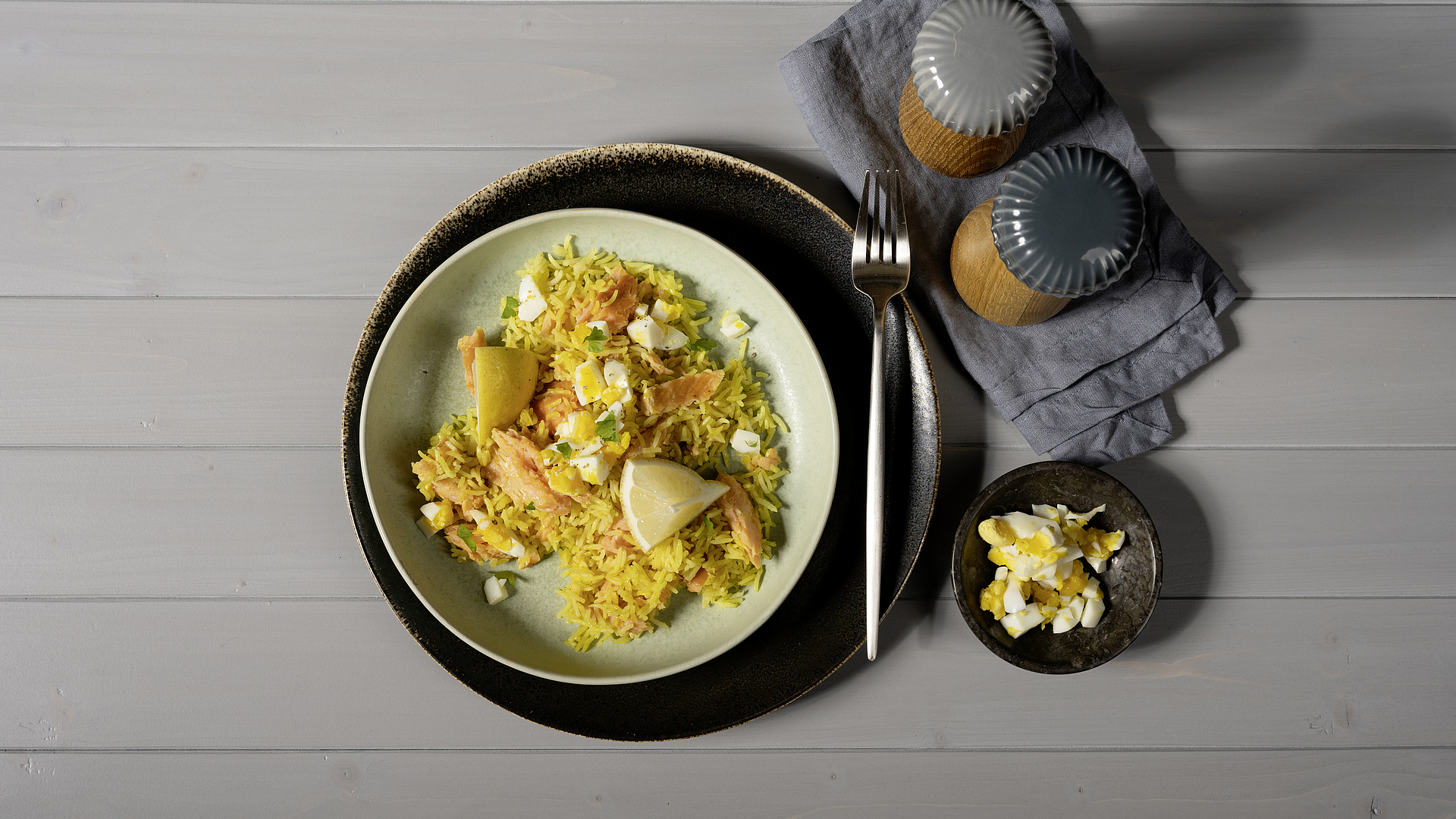
Light foods for hot days
Hot outdoor temperatures are quite taxing on the human body. Our bodies need some support to be able to regulate heat, specifically in the form of low-fat foods and a good amount of fluids. What are the perfect summer meals and how much water does your body actually need?
What heats up your body
Your body does everything it can to maintain a temperature equilibrium. The ideal body temperature is between 36.5 and 37.5 degrees. If it goes above or below this, the hypothalamus in the interbrain will immediately take countermeasures.
If your body temperature is too high, this will increase the blood circulation through your skin, through which heat can then escape. The hypothalamus also stimulates sweating, which is a pleasant way of cooling you down when the sweat evaporates off the skin.
These measures act quickly and effectively, but it’s better for you if the hypothalamus doesn’t need to intervene at all. This is because over a longer period of time vital organs will receive less blood, as a lot more is flowing to the skin. The heart then has to work at maximum capacity and the increased sweating deprives the body of essential electrolytes. To avoid this, you can support your body on hot summer days with the right nutrition.
Summer means light meals and plenty of water
As the body is already running at maximum capacity due to high outdoor temperatures, you don’t want to give it even more work to do. This means not doing any high-intensity sports above 30 degrees, wearing loose clothing and eating light foods to relieve your digestive tract. So, in summer, you should mainly be eating low-fat foods.
One option is salad, but you can also have fruit, vegetables, lean meat and steamed fish. And potatoes, noodles or rice can be used to buff out your meal. Make sure to only eat small portions to allow your body to focus on dealing with the heat and to not overload it by giving it heavy meals to digest.
In contrast, you should drink large amounts of fluids – a lot more than the 1.5 to two litres a day that’s otherwise recommended. How much exactly depends on the temperature and how active you are. You should drink at regular intervals throughout the day, particularly water and unsweetened teas.
Quick kitchen tips to cool down
You can do your body a favour by drinking plenty of fluid while you’re eating. Gherkins, watermelons, leafy salads, celery, tomatoes, radish, courgette and bell peppers are all examples of vegetables that contain a lot of water. Here’s some more handy tricks:
- Pep up your water with a slice of lemon or cucumber.
- Herbs like lemon balm and peppermint cool from within.
- Vegetable stock helps to restore lost electrolytes.
- Cold soups – such as gazpacho – are a blessing on hot days.
- If it’s particularly hot, you can rub an ice cube on your wrist to help you feel refreshed, as it cools the circulating blood.
Even though ice-chilled drinks are alluring on hot summer days, you’re best off enjoying what you normally drink at room temperature. This makes it easier for your body to keep you at a comfortable temperature and keeps you nice and cool even on the hottest days.